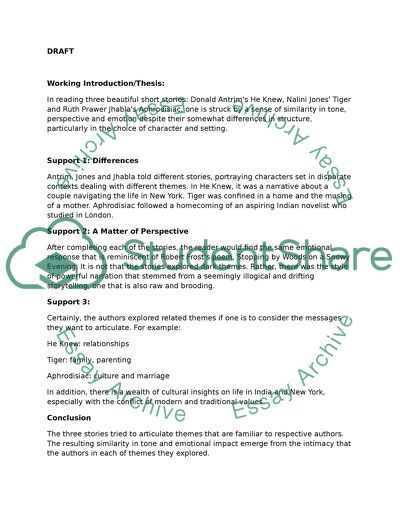Cite this document
(“Ending and preventing vandalism inside the University of Maryland Research Paper”, n.d.)
Retrieved from https://studentshare.org/sociology/1671144-ending-and-preventing-vandalism-inside-the-university-of-maryland-campus
Retrieved from https://studentshare.org/sociology/1671144-ending-and-preventing-vandalism-inside-the-university-of-maryland-campus
(Ending and Preventing Vandalism Inside the University of Maryland Research Paper)
https://studentshare.org/sociology/1671144-ending-and-preventing-vandalism-inside-the-university-of-maryland-campus.
https://studentshare.org/sociology/1671144-ending-and-preventing-vandalism-inside-the-university-of-maryland-campus.
“Ending and Preventing Vandalism Inside the University of Maryland Research Paper”, n.d. https://studentshare.org/sociology/1671144-ending-and-preventing-vandalism-inside-the-university-of-maryland-campus.


